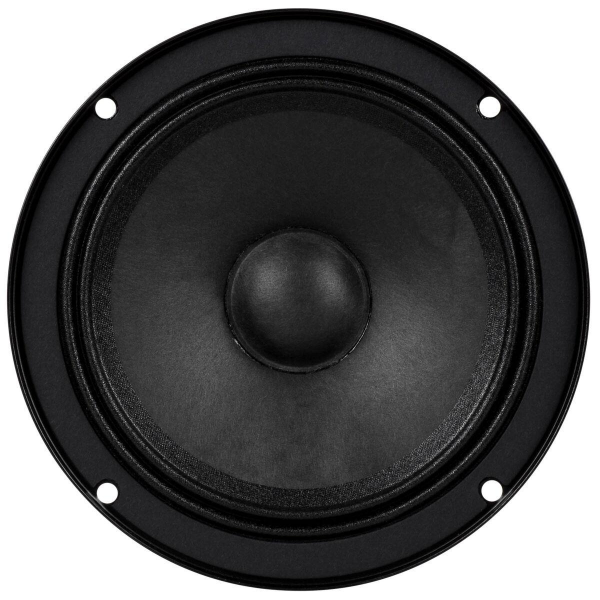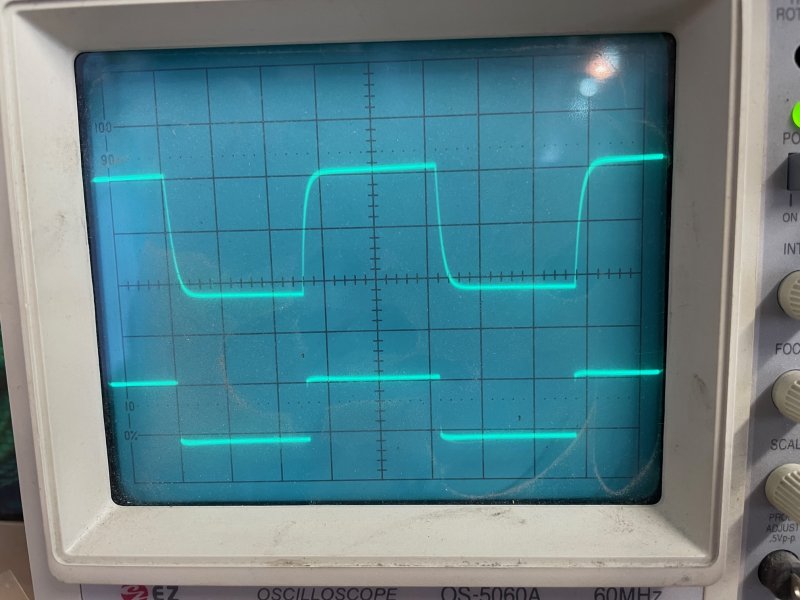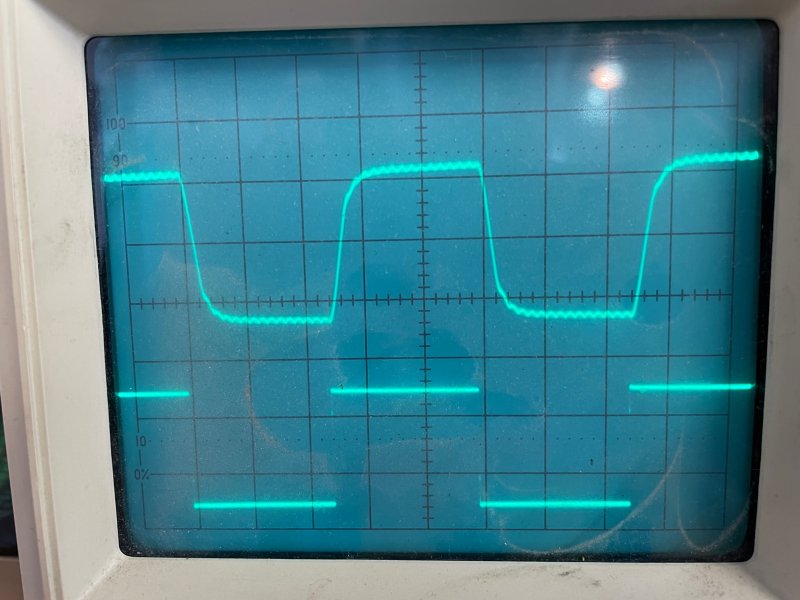No, I dont like clinical or synthetic. I can live with clinical, but not with syntethetic.
At the same time I have to defend the current development of the audio industry. Every improvement I have had in my system has been on the "clinical" side at first. Better cables sound cleaner and less "fat". A better DAC differentiates better and creates less "overhead". After a while I realize Im closer to the music with less equipment in between.
Synthetic is the worse sound signature I can think of. Something is seriously wrong if it sounds the opposite of natural.
I havent heard Aavik except in shows, so I will not comment on its sound. Im very familiar with Atma-sphere and use it in my system.
Aavik and Atma-sphere are completely different comanies with completely different products. Aavik amps are a products with a capital P -- with a very sleek design in contemporary style -- intended to boost ownership pride. Aavik looks different and feels different from any other product and will give you top performance of the industry of today. "There was little to criticize" sums it up. This company simply know how to produce and market a good commercial product.
Atma-sphere is all about research, invention and good sound in my opinion. Its products are not intended to seduce, at least not by the looks. They are "utilitarian" in design, mostly. The OTLs have a touch of vintage and nostaligia in the design, but thats it. Atma-sphere takes a different technical approach to the previous OTLs and class D amplifiers, as I understand it, and drives if to a very interesting conclusion. It bring something fresh to the product line, but not unless there is a real improvement. I suppose that is how a smaller company should be working to survive and Atma-sphere is not unique in this respect in the audio industry. It develops trust.
Atma-sphere upgrades old products and Aavik develops new and more dashing products. Also a difference.
Both strategies are OK, for different kinds of people.
Aavik (and similar companies) can and does bring steady incremental improvements to audio equipment and we should appreciate and take advantage of it. And so does Atma-sphere (and similar companies), maybe not incrementally, but more fundamentally and in giant-steps, when it happens.
Im biased, I own Atma-sphere amps.
At the same time I have to defend the current development of the audio industry. Every improvement I have had in my system has been on the "clinical" side at first. Better cables sound cleaner and less "fat". A better DAC differentiates better and creates less "overhead". After a while I realize Im closer to the music with less equipment in between.
Synthetic is the worse sound signature I can think of. Something is seriously wrong if it sounds the opposite of natural.
I havent heard Aavik except in shows, so I will not comment on its sound. Im very familiar with Atma-sphere and use it in my system.
Aavik and Atma-sphere are completely different comanies with completely different products. Aavik amps are a products with a capital P -- with a very sleek design in contemporary style -- intended to boost ownership pride. Aavik looks different and feels different from any other product and will give you top performance of the industry of today. "There was little to criticize" sums it up. This company simply know how to produce and market a good commercial product.
Atma-sphere is all about research, invention and good sound in my opinion. Its products are not intended to seduce, at least not by the looks. They are "utilitarian" in design, mostly. The OTLs have a touch of vintage and nostaligia in the design, but thats it. Atma-sphere takes a different technical approach to the previous OTLs and class D amplifiers, as I understand it, and drives if to a very interesting conclusion. It bring something fresh to the product line, but not unless there is a real improvement. I suppose that is how a smaller company should be working to survive and Atma-sphere is not unique in this respect in the audio industry. It develops trust.
Atma-sphere upgrades old products and Aavik develops new and more dashing products. Also a difference.
Both strategies are OK, for different kinds of people.
Aavik (and similar companies) can and does bring steady incremental improvements to audio equipment and we should appreciate and take advantage of it. And so does Atma-sphere (and similar companies), maybe not incrementally, but more fundamentally and in giant-steps, when it happens.
Im biased, I own Atma-sphere amps.












